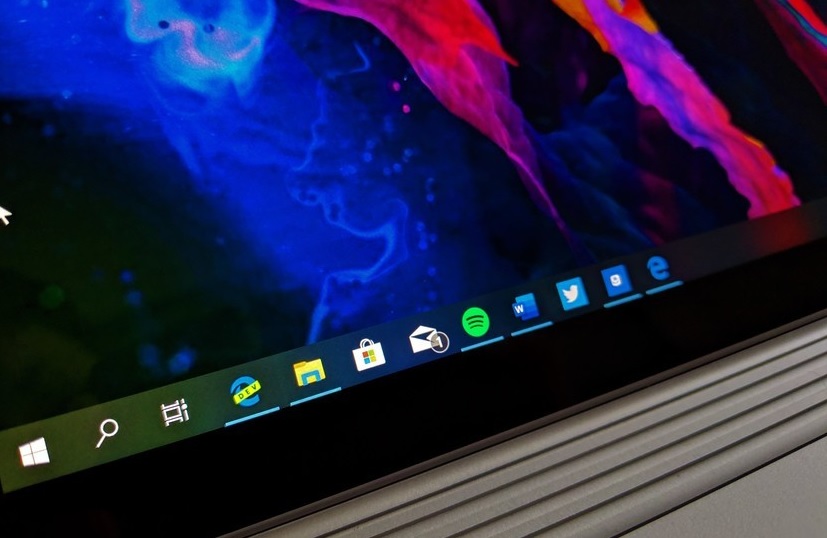Microsoft and slow browsers: name a more iconic duo. I’ll give you 5 seconds…
Time’s up! Your answer is wrong, as there is not a more iconic duo. Sorry, those are the rules.
Ever since Microsoft threw their hat in the browser ring with Internet Explorer, they’ve been clowned on for making a slow, buggy browser that pales in comparison to better-built browsers like Google Chrome or Mozilla Firefox; even Apple’s first-party browser Safari is much faster than Internet Explorer.
Microsoft attempted to fix this poor image with Windows 10, replacing Internet Explorer with the sleeker, modern Microsoft Edge. However, while Edge is good for laptops and battery-powered devices, it still doesn’t reach the heights of the other browsers.

However, Microsoft isn’t giving up. If you’ve been keeping up with tech news, you may have noticed discussion of Microsoft using “Chromium” to power their next version of Edge. But what is Chromium and what are they expecting to gain with it?
Finding Out What Chromium is
While it sounds like an element on the periodic table, Chromium is nothing that special. In fact, I’d argue that it’s very plain–barebones. But Chromium’s plain nature is a purposeful one, as Chromium is the open-source version of Google Chrome.
Chromium’s grey/blue icon to its lack of common features like MP3 support, Google makes it 100% clear what the browser is. No, Chromium is not a replacement for Chrome. Instead, Chromium can be viewed as somewhat of a testing ground for Chrome itself. Again, it’s just an open-source Chrome without the proprietary features that make Chrome special.
Now that we know what Chromium is, we need to find out why Microsoft would use it for their browser.
Finding Out Why Microsoft Would Use Chromium
Microsoft may not be getting rid of Edge, but they are getting rid of it’s foundation in an attempt to integrate Edge with Chromium. Why?
For one, Chromium is fast. After all, it’s what powers Chrome. By working together with Google, Microsoft can ensure that their Chromium-based Edge browser isn’t the laughing stock of the entire online community.
And unless you own a Microsoft product, Edge integration and compatibility is a pain when compared to Chrome or Firefox. By using Chromium, websites will be able to run more smoothly, feature and website integrations will be easier to implement, and the experience will be massively improved.
And if you think this is all hearsay, you can go ahead and download Chromium Edge right now, though the available builds are meant for developers, meaning the experience is not indicative of the final product; the current builds are available mainly so developers can make sure their programs/websites run fine on the Chromium Edge browser.
Finally, and perhaps the most exciting reason out of them all, is that Microsoft is looking for partnerships. Not just with Google, but with Apple, Mozilla, and anyone else who may be interested or is currently involved in open-source work.
In Microsoft’s own words, “If you’re part of the open-source community developing browsers, we invite you to collaborate with us as we build the future of Microsoft Edge and contribute to the Chromium project,” says Belfiore. “We are excited about the opportunity to be an even-more-active part of this community and bring the best of Microsoft forward to continue to make the web better for everyone.”
At the end of the day, the move to Chromium is nothing but good. Internet Explorer is outdated and Edge is slow and lacks features other browsers have. Maybe for once, Microsoft can design a browser that stands up to the test of the time and won’t get thrown away like that VPN you used the trial for but then ended up never paying for. That’s right, I called you out. Don’t worry, I think we’re all guilty of that!